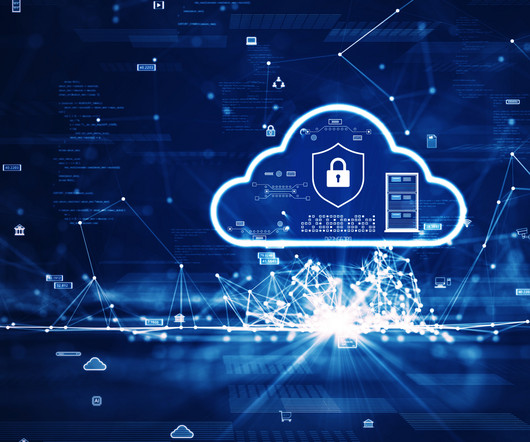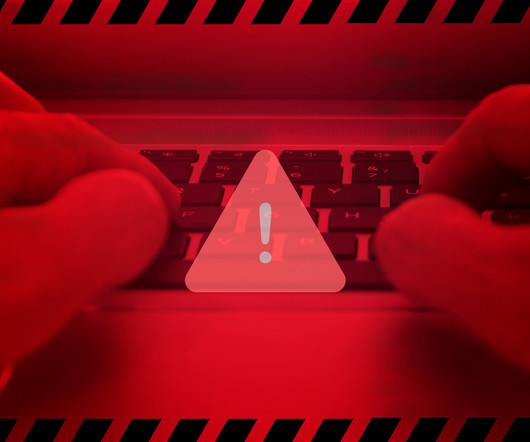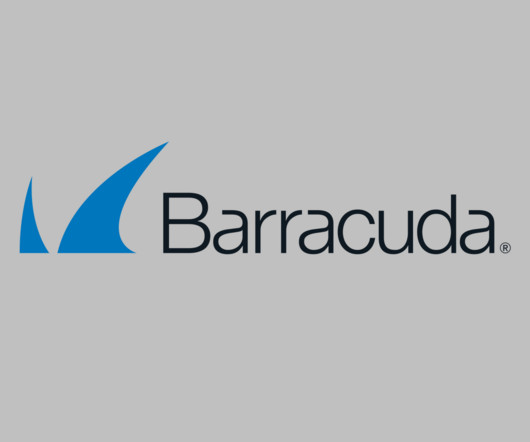5 Linux malware families SMBs should protect themselves against
Malwarebytes
JUNE 8, 2022
There’s no shortage of reasons why an SMB might use Linux to run their business: There are plenty of distros to choose from, it’s (generally) free, and perhaps above all — it’s secure. The common wisdom goes that Linux malware is rare, and for the most part this is true. Cloud Snooper. How it works. How it works. HiddenWasp.

















Let's personalize your content